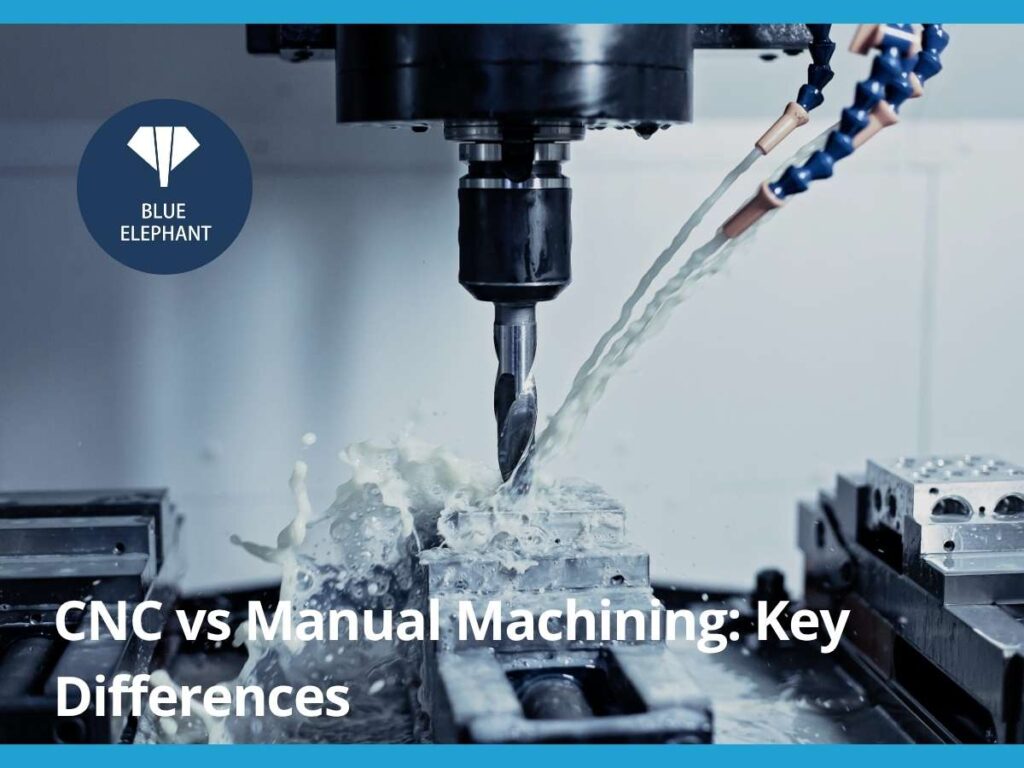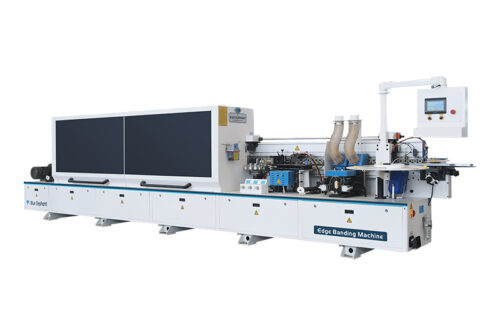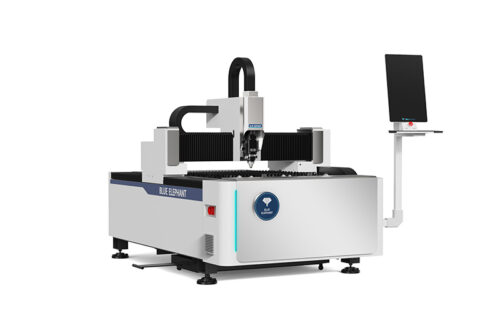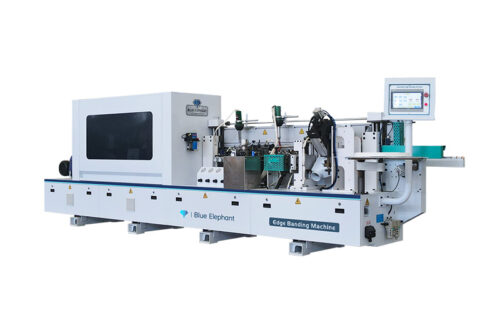A few years ago, my workshop hit a wall. Manual machining had been our backbone, but as orders grew, we struggled to keep up. Precision, speed, and consistency became bigger challenges. That’s when I started looking into CNC.
At first, I hesitated. The cost, the learning curve—it felt like a big leap. But after testing CNC on a few jobs while keeping our manual machines for custom work, I saw where each had its place.
If you’re trying to decide between CNC and manual machining, this guide will help you understand the key differences, advantages, and trade-offs.
By the end, you’ll know which method aligns best with your production needs, budget, and long-term goals—so you can make the right investment with confidence.
So let’s start!
1. What is a CNC Machine?
The first time I saw a CNC machine at work, I was blown away. A block of metal went in, and minutes later, a precise, finished part came out. No manual cutting. No guesswork. Just smooth, automated precision.
CNC stands for Computer Numerical Control. It’s a machining process that automates cutting, milling, and shaping using pre-programmed software. Instead of a machinist manually guiding the tool, the machine follows digital instructions with extreme accuracy.
How Does CNC Machining Work?
The process starts with a CAD (Computer-Aided Design) file. This digital model serves as a blueprint for the machine. Once uploaded, the CNC system converts it into precise movements, controlling tools like mills, lathes, or routers.
Unlike manual machining, CNC requires minimal human intervention. Once programmed, the machine runs on its own, shaping materials with unmatched precision.
Common Uses of CNC Machining
CNC machining is used in many industries where accuracy and efficiency are critical. Some examples include:
- Aerospace: Producing lightweight yet strong components for aircraft.
- Automotive: Manufacturing engine parts, gears, and transmission components.
- Medical: Creating surgical instruments and custom prosthetics.
- Furniture & Woodworking: Carving intricate designs and cutting panels at high speed.
Advantages of CNC Machining
- High Precision and Consistency: Achieves tight tolerances as small as ±0.001 mm.
- Fast and Scalable: Ideal for mass production and runs 24/7 with minimal supervision.
- Reduces Human Error: The programmed system ensures accuracy and repeatability.
- Handles Complex Designs: Multi-axis movement allows intricate cuts and shapes.
- Lower Long-Term Labor Costs: Fewer machinists are needed per project.
Disadvantages of CNC Machining
- High Upfront Cost: Machines, software, and initial setup require a significant investment.
- Requires Skilled Programming: Operators need training in CAD/CAM software.
- Complex Repairs and Maintenance: Electronics and software make troubleshooting expensive.
- Limited Flexibility for Quick Adjustments: Changing a design means reprogramming the machine.
- Not Ideal for Small, One-Off Projects: Best suited for bulk manufacturing.
CNC machining is powerful, but it’s not the right choice for every job. If you need high precision, speed, and volume, it’s worth considering. But if you’re working on custom, low-volume projects, manual machining might still have a place in your shop.

2. What is Manual Machining?
When I started in machining, everything was manual. I remember spending hours turning dials, making careful cuts, and double-checking measurements. It was hands-on, rewarding work—but also exhausting. One small mistake, and I’d have to start over.
Manual machining is the traditional way of shaping metal, wood, and plastic. There’s no automation, no pre-programmed software. Just a machinist controlling the tools in real time, adjusting speed, depth, and angles by hand.
How Does Manual Machining Work?
Think of using a drill press or a lathe by hand. The machinist sets the tool, moves the workpiece, and makes precise adjustments along the way. Every cut, hole, and angle is done manually.
There’s a certain satisfaction in working this way. You feel the resistance of the material, hear the change in sound as the cut deepens, and adjust based on touch and experience. But it takes time, and every part must be shaped individually.
Advantages of Manual Machining
- Lower Initial Cost: Machines are more affordable than CNC.
- Great for Custom Jobs: Perfect for one-off parts and specialty work.
- Easier to Maintain: No software, electronics, or updates to deal with.
- Hands-On Precision: Skilled machinists can make real-time adjustments.
- No Programming Required: No need for CAD or CAM training.
Disadvantages of Manual Machining
- Slower and Labor-Intensive: Each part takes longer to produce.
- Requires Skilled Operators: Quality depends entirely on the machinist’s experience.
- Not Efficient for Large Production Runs: Mass production is time-consuming.
- Higher Risk of Human Error: Fatigue and miscalculations can cause mistakes.
- Limited to Simple Designs: Complex shapes are difficult without automation.
Manual machining is an art. But in today’s world, speed and consistency often matter more. If you need control and craftsmanship, manual machining is hard to beat. But if you’re looking for efficiency and precision, CNC might be the smarter investment.

3. CNC vs Manual Machining: Key Differences
Choosing between CNC and manual machining isn’t just about cost. It’s about precision, speed, skill, and the type of work you do. Some shops thrive with CNC, while others stick to manual machines for flexibility. Let’s break down the key differences so you can decide what’s best for you.
| Feature | CNC Machining | Manual Machining |
| Accuracy & Precision | Achieves tolerances as tight as ±0.001 mm due to automated programming. | Depends on operator skill, leading to more variation between parts. |
| Production Speed & Efficiency | Much faster for bulk production, can run 24/7 with minimal supervision. | Slower, requires more setup and adjustments for each task. |
| Cost & Investment | High upfront cost (starting around $10,000+ for entry-level models), but lower labor costs over time. | Lower initial cost, but labor costs add up due to manual operation. |
| Skill Level & Training | Requires knowledge of CAD (Computer-Aided Design) and CAM (Computer-Aided Manufacturing) software. Reduces need for manual expertise. | Demands hands-on skill and experience. Precision depends entirely on the machinist. |
| Maintenance & Repair | Needs regular software updates, sensor calibration, and professional servicing. More expensive to repair. | Easier and cheaper to maintain, with fewer electronic components. Can last decades with proper care. |
| Material & Design Flexibility | Works with various materials like metals, plastics, and composites. Handles complex shapes and intricate cuts with ease. | Best for simpler shapes. Ideal for one-off custom jobs and quick repairs. |
4 Factors to Consider When Choosing Between CNC and Manual Machining
The right machining method depends on your needs. CNC offers automation and precision, while manual machining provides flexibility and craftsmanship. Here’s what to consider before deciding.
#1 Type of Work & Industry Needs
If you need mass production with high precision, CNC is the better choice. Industries like aerospace, automotive, and medical manufacturing rely on its accuracy and repeatability. Large-scale furniture production also benefits from CNC’s efficiency. If your work involves custom, small-batch, or repair projects, manual machining is a better fit. Mold-making, machine restoration, and one-off fabrication benefit from the flexibility of manual control.
#2 Budget & Investment Capabilities
If you’re making a long-term investment, CNC machines have a higher upfront cost but reduce labor expenses over time. Small models start at $10,000, with industrial units exceeding $100,000. If you need a lower initial cost, manual machines are more affordable but require skilled labor. While they save money upfront, higher labor costs can add up over time.
#3 Production Volume & Efficiency Needs
If high-volume production is your goal, CNC machining runs 24/7 with minimal supervision. It’s the most efficient option for bulk manufacturing. If your shop focuses on one-off parts, manual machining offers real-time adjustments without programming delays. While slower, it allows greater flexibility.
#4 Workforce & Skill Availability
If finding skilled machinists is difficult, CNC automation can help. It requires CAD/CAM training but reduces dependence on manual expertise. If you have experienced machinists, manual machining remains a strong option. Precision depends on craftsmanship, making it ideal for specialized work.
Conclusion
CNC and manual machining each have their place. CNC is fast, precise, and scalable. Manual machining is hands-on, flexible, and great for specialized work.
If high efficiency matters, CNC is worth the investment. If craftsmanship and control are priorities, manual machining still has a role. Smart businesses often use both.
What’s the right choice for you?
Contact us today and let’s find out.
Explore More of Our Resources
If you enjoyed this read, here are a few more articles packed with helpful information:
Still haven’t found what you’re looking for? Don’t hesitate to contact us. We’re available around the clock to assist you.













